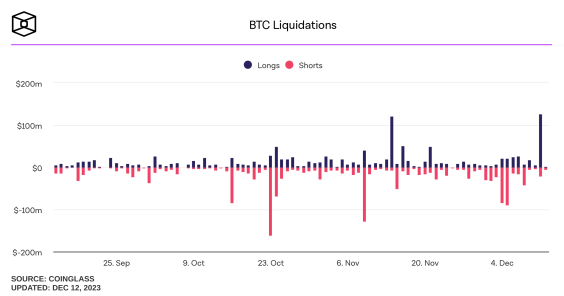This is not investment advice. The author has no position in any of the stocks mentioned. Wccftech.com has a disclosure and ethics policy.
An increasing number of reports out of China recently seem to indicate that the country is close to launching its own version of a digital currency. The recent unveiling of plans by Facebook (NASDAQ:FB) to launch its proprietary cryptocurrency – known as Libra – might have played an important role in spurring this divulgatory attitude from China’s otherwise tight-lipped officialdom. Even though details are scarce and an official launch date is yet to be announced, the broad framework of this project has been revealed by Chinese officials over the past couple of weeks.
According to Forbes, China has opted for a two-tiered strategy vis-à-vis the anticipated launch of the digital currency wherein the People’s Bank of China (PBOC) – the Chinese central bank – will create the currency and then distribute it to seven key financial institutions of the country. These institutions will play the role of the primary dealer and will likely include the top five Chinese banks along with financial technology companies – Alibaba (NYSE:BABA) and Tencent (HKG:0700) – as well as the association of Chinese banks known as Union Pay. Accordingly, after receiving the digital tokens from the central bank, these institutions will then ensure their timely disbursement throughout the country. This dual structure of the currency has been confirmed by Mu Changchun, the deputy director of the Chinese central bank’s Payments Department, who justified this approach in the following manner: “It can not only use existing resources to mobilize the enthusiasm of commercial banks but also smoothly improve the acceptance of the digital currency.”
The Chinese officials have also relayed some other details over the past few weeks regarding this digital currency project. The system is reported to have the ability to process 300,000 transactions per second in contrast to Libra’s ability to handle only 1000 transactions per second. This, according to those officials, is achievable as the digital currency will not have a “pure blockchain architecture”. For reference, the peak volume of online transactions last year – during the Chinese Singles Day – was only 92,771 transactions per second. Moreover, the digital currency will reportedly not require an internet connection to function, eliminate counter-party risk, and will be compatible with existing payment platforms such as WeChat and Alipay.
This development has however given rise to an interesting conundrum. Electronic payment methods are already very entrenched in China which makes this entire exercise of launching a digital token quite frivolous. As a counter, Chinese officials are quick to assert that this move will allow China to protect its ‘monetary sovereignty’ amid unacknowledged fears that Facebook’s Libra might bolster the US Dollar’s already gargantuan influence over the global financial system. However, there may be another reason for such a move. China’s riches have been built on the basis of a state-led capitalism model where the state machinery enjoys an outsized influence over policy formulation and implementation. As such, the proliferation of a cryptocurrency that lies beyond the Chinese state control is not going to be palatable to the bureaucratic hierarchy. Consequently, the launch of a state-backed digital currency may be a shrewd gambit by China’s officialdom to retain its iron grip on the country in the face of changing winds being heralded by the growing ubiquity of cryptocurrencies.













